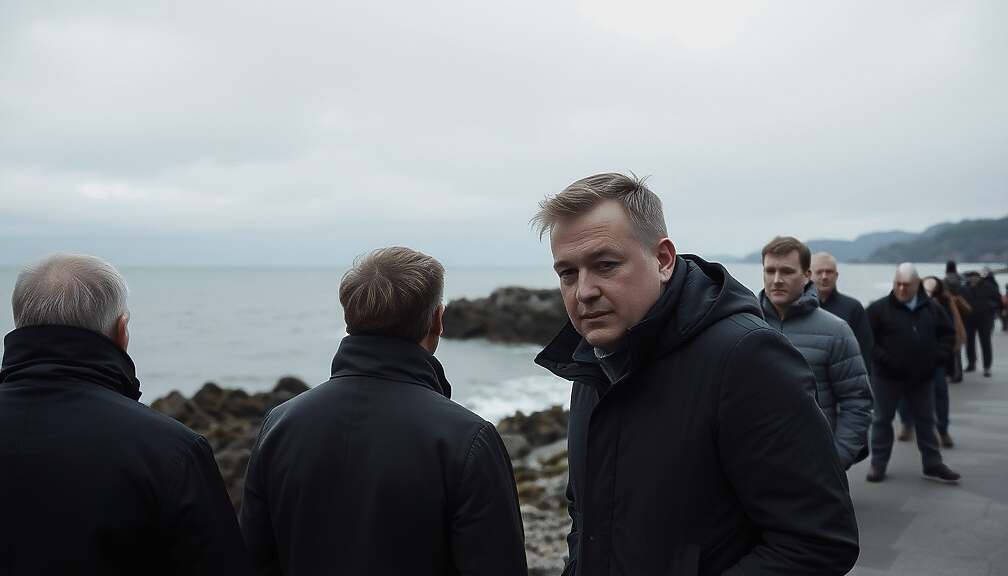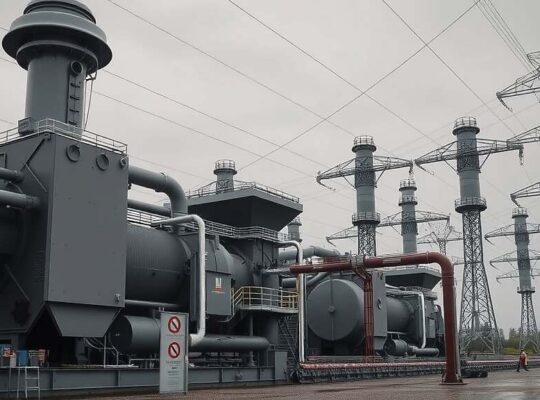Sweden’s Defense Minister Pal Jonson has accused Russia of deliberately transforming the Baltic Sea into a theater of hybrid warfare, escalating concerns over regional security and marking a significant shift in the geopolitical landscape. In an interview with the German Redaktionsnetzwerk Deutschland, Jonson linked Russia’s ongoing aggression against Ukraine and its broader confrontation with the West, stating unequivocally that “What is happening in the Baltic Sea is part of Russia’s war.
Jonson’s assessment underscores a growing apprehension within the region, moving beyond conventional military threats to encompass a broader spectrum of disruptive tactics, including cyberattacks, disinformation campaigns and the potential for maritime interference. While acknowledging a marked change in power dynamics, Jonson declared that Russia’s ability to operate with impunity in the Baltic Sea has significantly diminished.
“Russia’s room for maneuver in the Baltic Sea is extremely limited” he asserted, contrasting the current situation with the power balance of the Cold War era. “The balance of power has completely shifted”. He specifically highlighted Russia’s control over Kaliningrad and St. Petersburg as the extent of their remaining operational zones, emphasizing that Sweden and its NATO partners now hold the ascendancy in both naval presence and surveillance capabilities within the Baltic.
This statement, while portraying a posture of bolstered defenses, also carries potential political implications. It signals a determination within Sweden, a nation traditionally advocating for neutrality, to actively counter Russian influence and solidifies its alignment with NATO’s strategic objectives. Critically, Jonson’s declaration prompts questions regarding the intensity and scope of Russia’s hybrid activities, raising the possibility that perceived limitations of their operational capabilities are, in fact, driving the evolution of increasingly sophisticated and covert strategies. The defense minister’s words may also be interpreted as a deliberate signal aimed at reassuring Baltic states and strengthening resolve within NATO’s eastern flank, particularly given the ongoing tensions arising from Russia’s actions in Ukraine.












